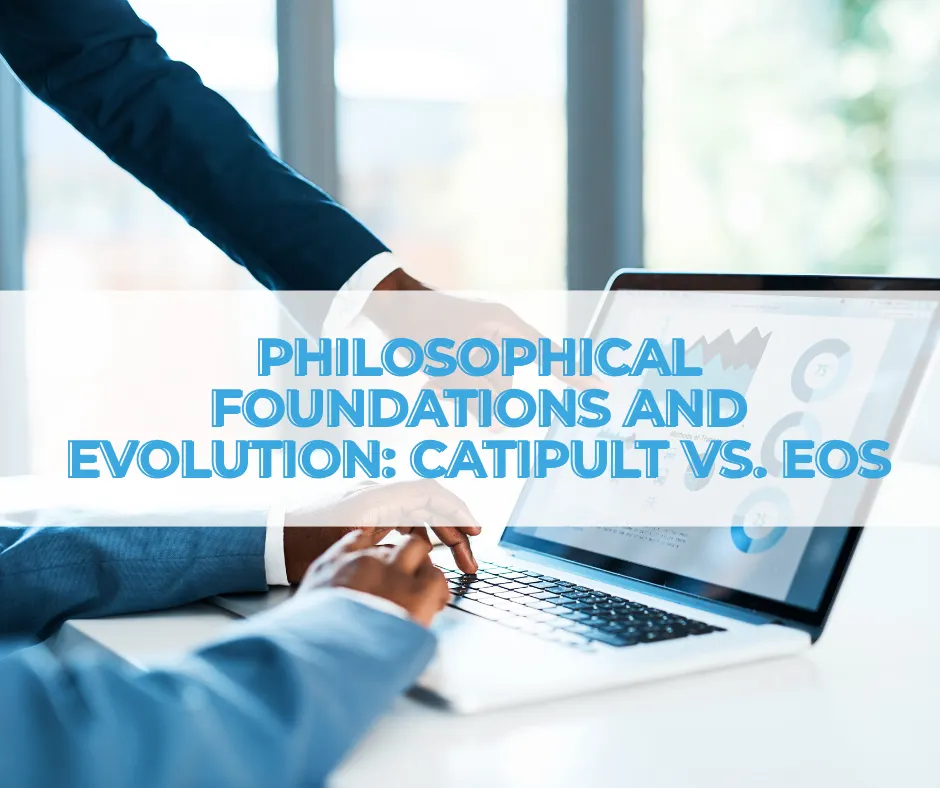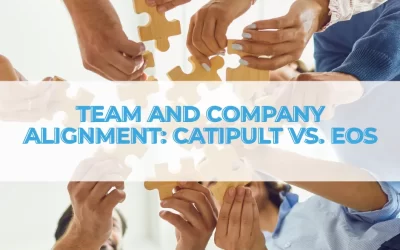In the world of business growth methodologies, two prominent systems stand out: Catipult and EOS (Entrepreneurial Operating System). Both are grounded in the Rockefeller Habits, offering structured approaches to scaling businesses. However, Catipult is often seen as the “next evolution” of operating systems, providing more comprehensive support and guidance compared to EOS.
The Evolutionary Path
Catipult and EOS share a common heritage in the Rockefeller Habits, yet they have diverged in their philosophical evolution. While EOS was considered a simpler evolution from Scaling Up by Verne Harnish, Catipult takes it a step further. It integrates a valuation-first methodology, ensuring that business operations are aligned with maximizing company value—a core focus that EOS does not prioritize.
Key Philosophical Differences
Valuation-First Methodology: Catipult uniquely integrates this approach, enhancing the existing structure by offering a clear path to increase your company’s worth. EOS, while providing a solid framework, does not emphasize valuation as a central theme.
Guidance and Structure: Catipult offers specific guidance on key metrics like revenue concentration, enabling precise achievement of strategic goals. EOS provides a framework but lacks the detailed guidance essential for growth and value maximization.
Stay tuned for our next post, where we’ll explore the practical differences in cost, accessibility, and integrated tools between Catipult and EOS.




